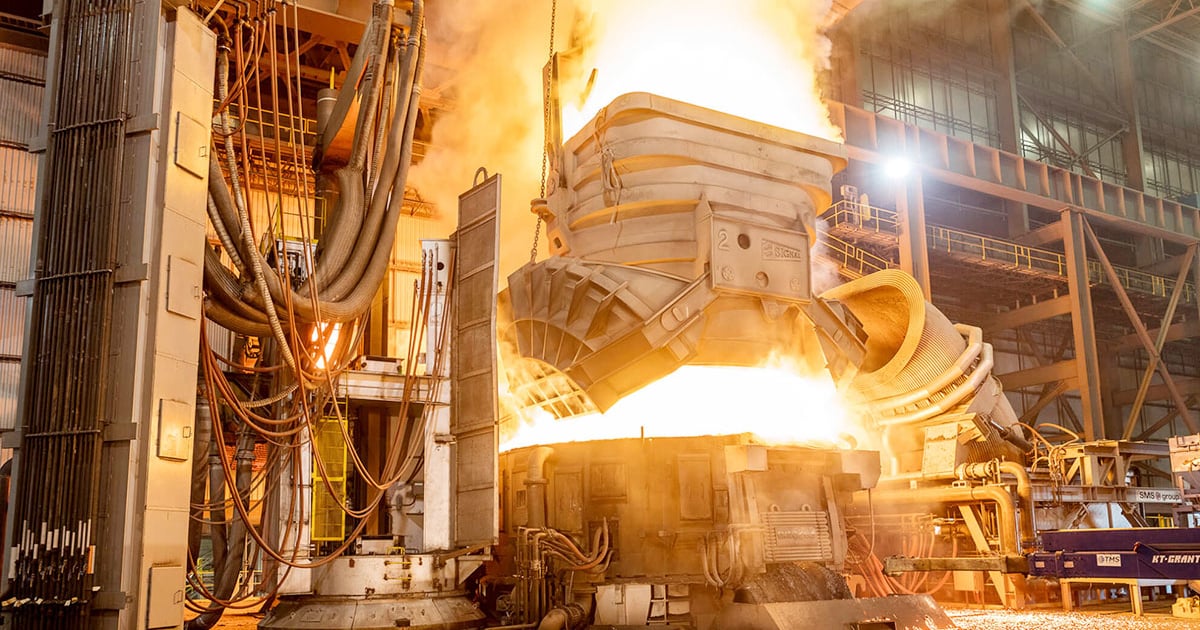
A wider strike by the UAW would have an impact beyond the Detroit 3 automakers, with struggling steelmakers a particularly vulnerable target.
The union is scheduled on Friday to discuss adding plants to its strike against General Motors, Ford Motor Co. and Chrysler parent Stellantis. A UAW negotiator said the latest offer from Stellantis “didn’t look good for us.”
The strikes are already expected to knock out 1.1 kilotons of copper demand and 9.5 kilotons of aluminum demand each week they go on. But steelmakers are in the crosshairs, with U.S. Steel Corp. already idling a blast furnace in Illinois in response to the walkout.
The historical analogies aren’t kind. The last time the UAW truck, against GM in 2019, steel prices dropped 17 percent. In addition, shares of Timkensteel Corp. sank 21 percent during the strike, Suncoke Energy fell 17 percent and Cleveland-Cliffs Inc. dropped 15 percent.
“If strikes target production of high-profit-margin models like full-size SUVs and trucks, which have higher metals intensity,” the impact on metal demand could be larger than 2019 strike against General Motors, according to JPMorgan analyst Gregory Shearer.
Now, the UAW has called its first-ever strike at all three of the Detroit 3, impacting production simultaneously.
“Auto is one of the most concentrated sources of U.S. steel demand (about 25 percent), and we expect further capacity could be idled or reduced should the strike prolong,” JPMorgan analyst Bill Peterson wrote in a note to clients on Thursday.
So far, members of the S&P Supercomposite Steel Index — which includes major producers Nucor Corp., Reliance Steel & Aluminum Co., Steel Dynamics Inc. and Cleveland-Cliffs — have already lost a combined $3.9 billion in valuation.
That said, unless there’s a protracted impasse between the auto companies and their union, analysts expect steel prices to start recovering once the parties appear close to an agreement.
“We see potential for a sharp rebound in pricing following a resolution given extended maintenance and lean inventories among both steel buyers and automakers,” Peterson wrote.

